Strawberries are perennial plants, but a strawberry patch won’t last forever.
Even with excellent care and annual renovation, the typical life span of a productive strawberry patch is only about three to five years.
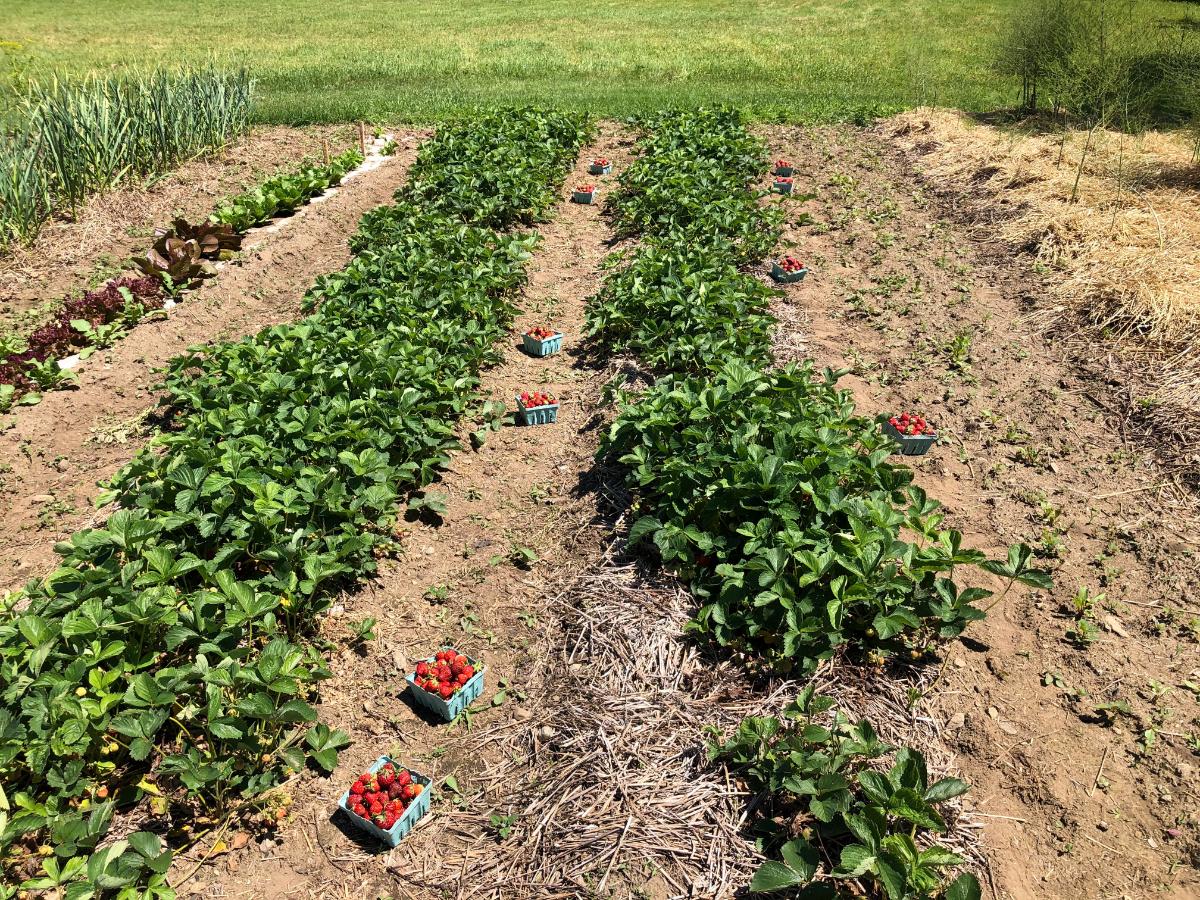
After that, the number of strawberries that you get and the size of those berries will drop off significantly. You might be amazed at how much you’ll get in one year, and then in the next, when the plants have started to run out, the berry harvest is a mere fraction of what it once was.
And so, as strawberry growers, we need to plan to replace that bed every few years. This is true of both June-bearing and everbearing or day-neutral strawberry varieties.
Jump to:
- Rotate Instead of Replace
- 1. You can start replacing that old patch earlier (while the old patch is still in production). No time lost!
- 2. You get a better handle on disease control.
- 3. Amend soil before planting.
- 4. Reduce soil compaction.
- 5. Get a handle on strawberry pests.
- 6. Get a handle on weeds.
- 7. Rest and rebuild the soil.
- Ideas for Rotating or Moving Your Home Strawberry Patch
Rotate Instead of Replace
There’s a better practice than just replacing your strawberry patch, though. Instead of digging up the old and replacing it with the new, rotate your strawberry patch instead.
There are a lot of advantages to doing this. Here, we highlight the top seven.
1. You can start replacing that old patch earlier (while the old patch is still in production). No time lost!
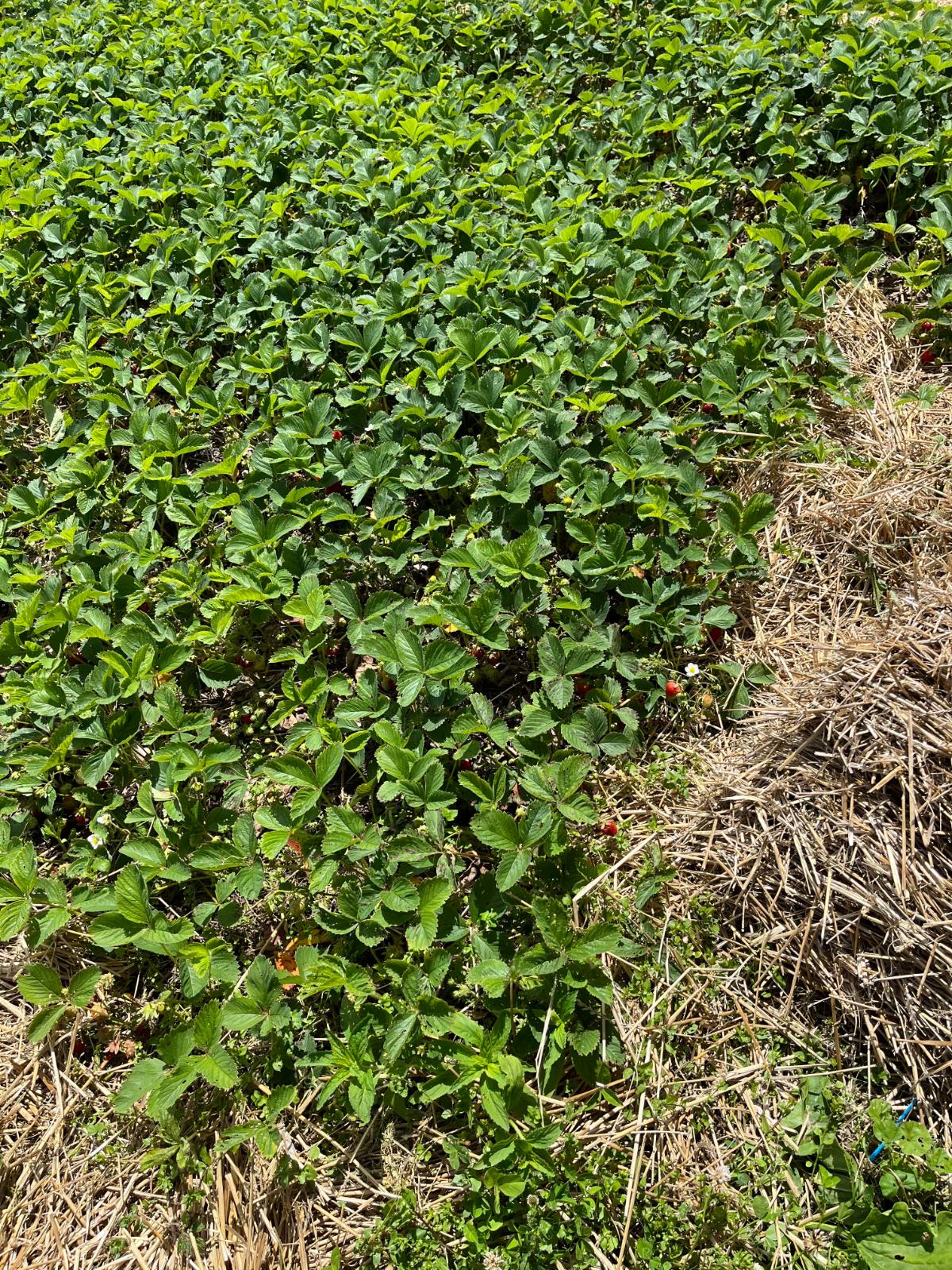
If you want a consistent harvest of strawberries from year to year with no missed harvests, you’ll need to start one patch while the other is finishing.
(That is, unless you plant your strawberries in the fall, which gets you a year ahead – also an excellent option and a good one if you don’t have a second location to rotate a strawberry patch to.)
You can do this easily if you start the replacement patch in a new space while you’re letting the old patch run out.
You can also do this to stagger harvests for better coverage.
For example, let’s say you start your replacement patch in year two or three. You can harvest in year three or four from the new patch while you’re still harvesting from the old patch.
The new patch (which may be a little on the lower side of production the first year) and the old patch (which will almost surely be low in production and berry size) can work together to make up the difference in those intervening years.
2. You get a better handle on disease control.
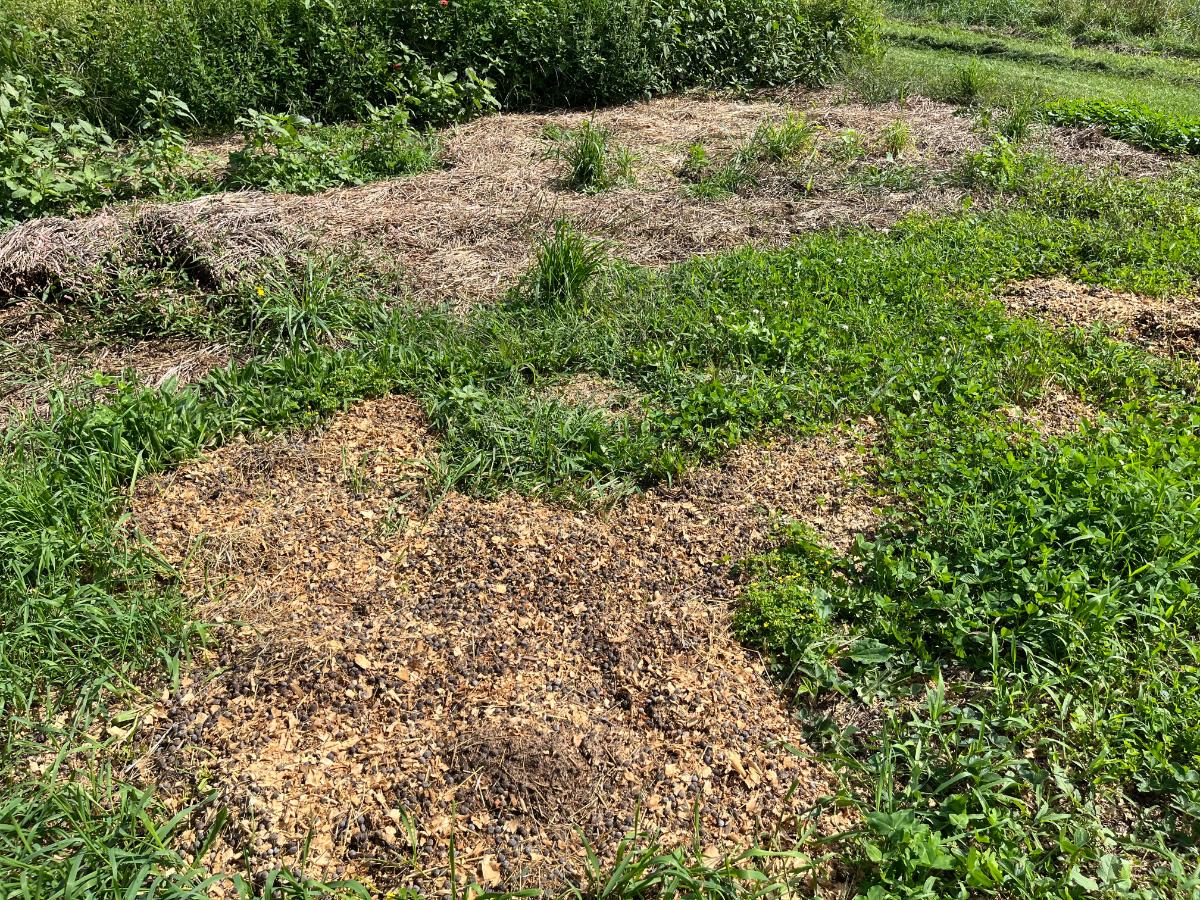
One of the tough things about strawberry diseases is that they are often soil borne, and once fungus spores and disease get into the soil, there’s almost no way to get rid of them.
This isn’t true for all strawberry diseases, but it’s true for a lot of them.
In many cases, the only solution is to start fresh in a new patch.
Rotating and planting in new soil gives you this opportunity.
Even for those strawberry diseases that can be treated, moving the patch is smart. There will be a lower (if any) incidence of virus and disease spores in the new ground, which means it will take longer for them to colonize the new plants.
Disease control is top on the list of reasons that both commercial and home growers use crop rotation for strawberry beds. It will be years before you get another chance like this to minimize disease exposure!
3. Amend soil before planting.
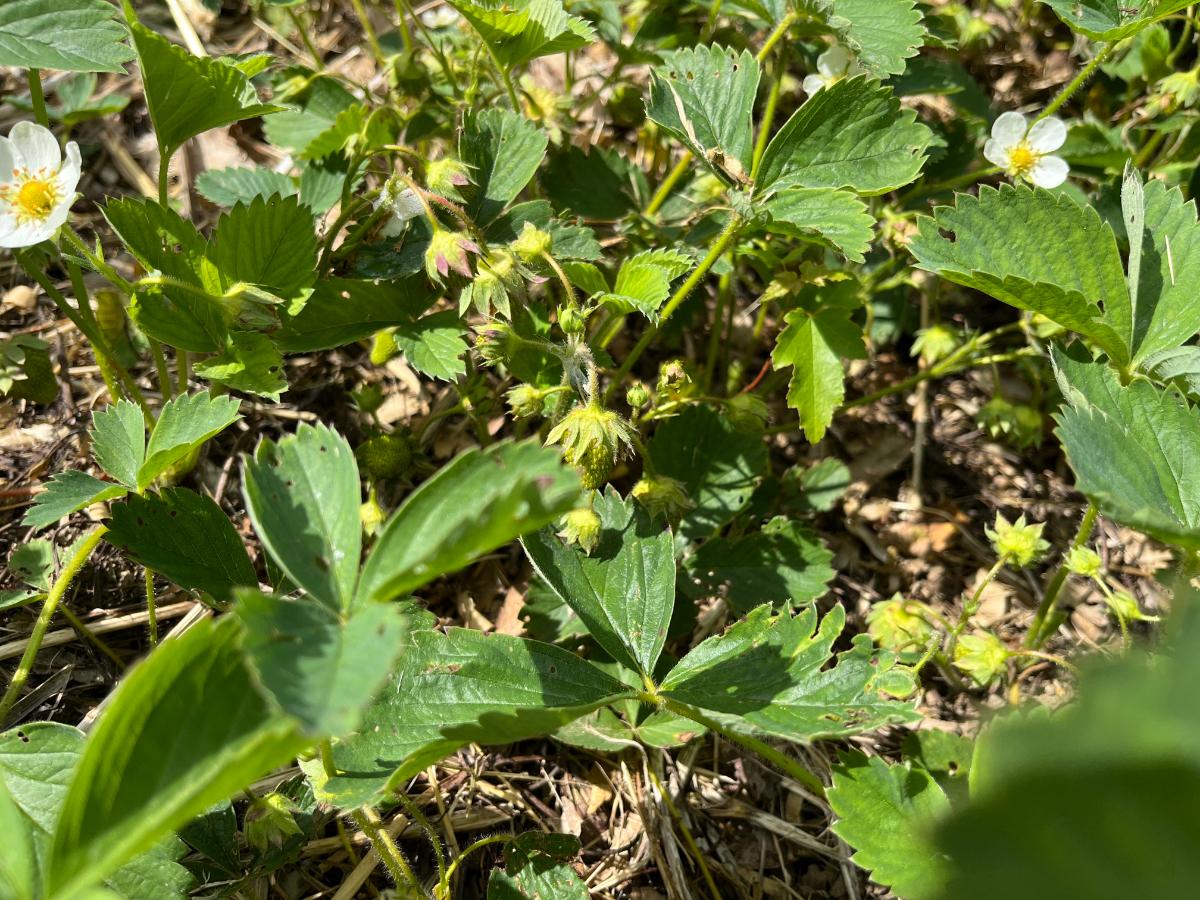
The absolute best time to fertilize strawberries is before you plant them. Strawberries will live in the ground in the same spot for several years. While you can add fertilizers, you can’t work them down into the soil because you’d disturb (damage and kill) the roots of the plants if you did.
Strawberries are heavy feeders, spending their whole productive lives in one spot. That spot needs to be enriched before they’re planted. Strawberries rely on good, aerated organic matter for tilth, structure, and moisture control.
The opportunity to amend and build up organic matter ahead of time is crucial to keeping a strawberry patch productive for several years.
You can do a better job of amending soil and bulking it up for the long run if you start fresh. You won’t be trying to replace a deficit along with providing the amendments and nutrients the soil needs.
4. Reduce soil compaction.
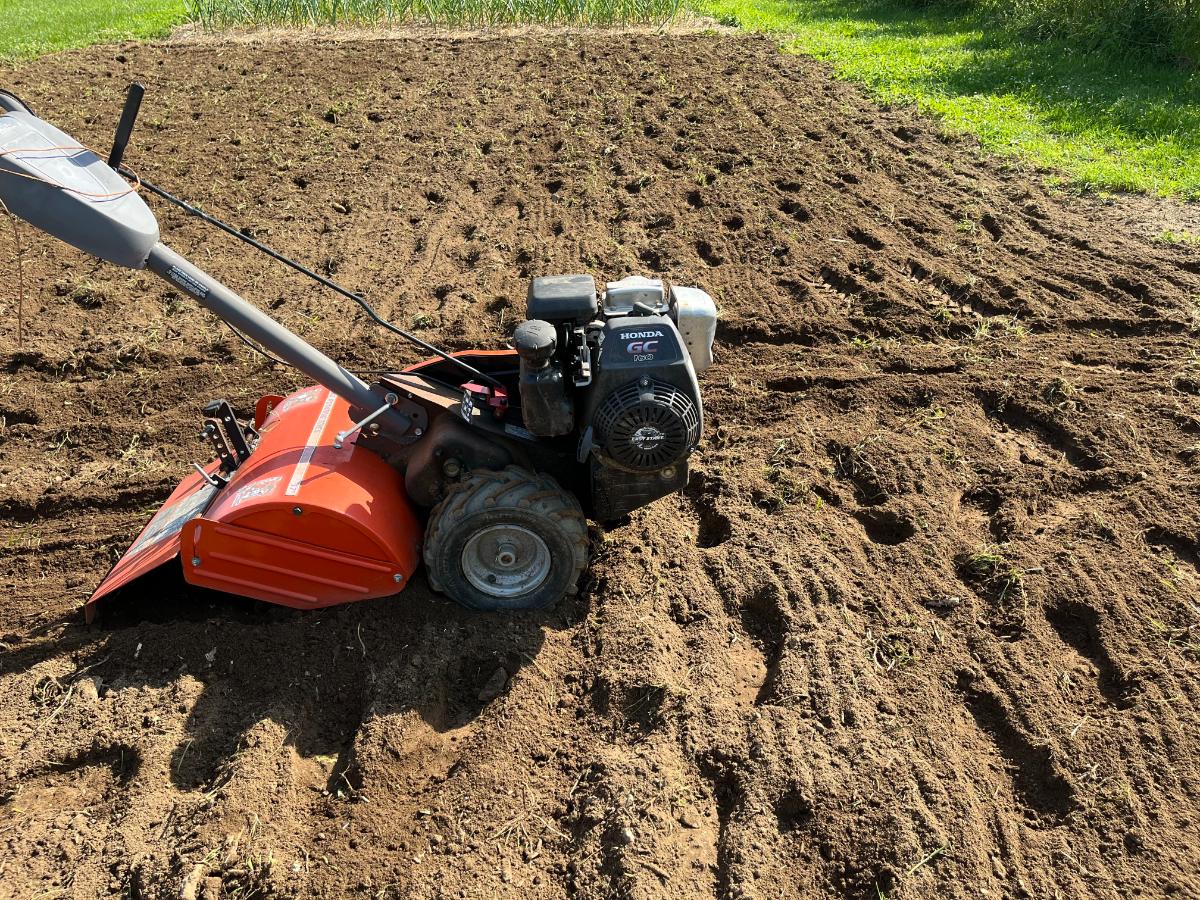
It’s hard to keep a strawberry patch aerated and not compacted. The growth, watering, and lack of tillage over the years take their toll. The traffic from foot, picking, and tools do, too.
Aisles and rows both get compacted over the lifespan of the strawberry patch.
Your patch will do much better if you start fresh in a new location that is not compacted.
Although many prefer no-till gardening, tilling is a good idea for a new strawberry patch. The impacts of tilling in strawberry gardens are much less than in annual fruit and vegetable beds because the tilling only takes place every three to five years when the bed is replaced.
Erosion control is one of the issues with tilling gardens, but the strawberry plants will act as their own erosion control (similar to cover crops and ground covers), so that, too, is a non-issue with perennial strawberry beds.
And so, rotating a strawberry patch to a new location with freshly tilled and non-compacted soil will serve your strawberry plants much better.
5. Get a handle on strawberry pests.
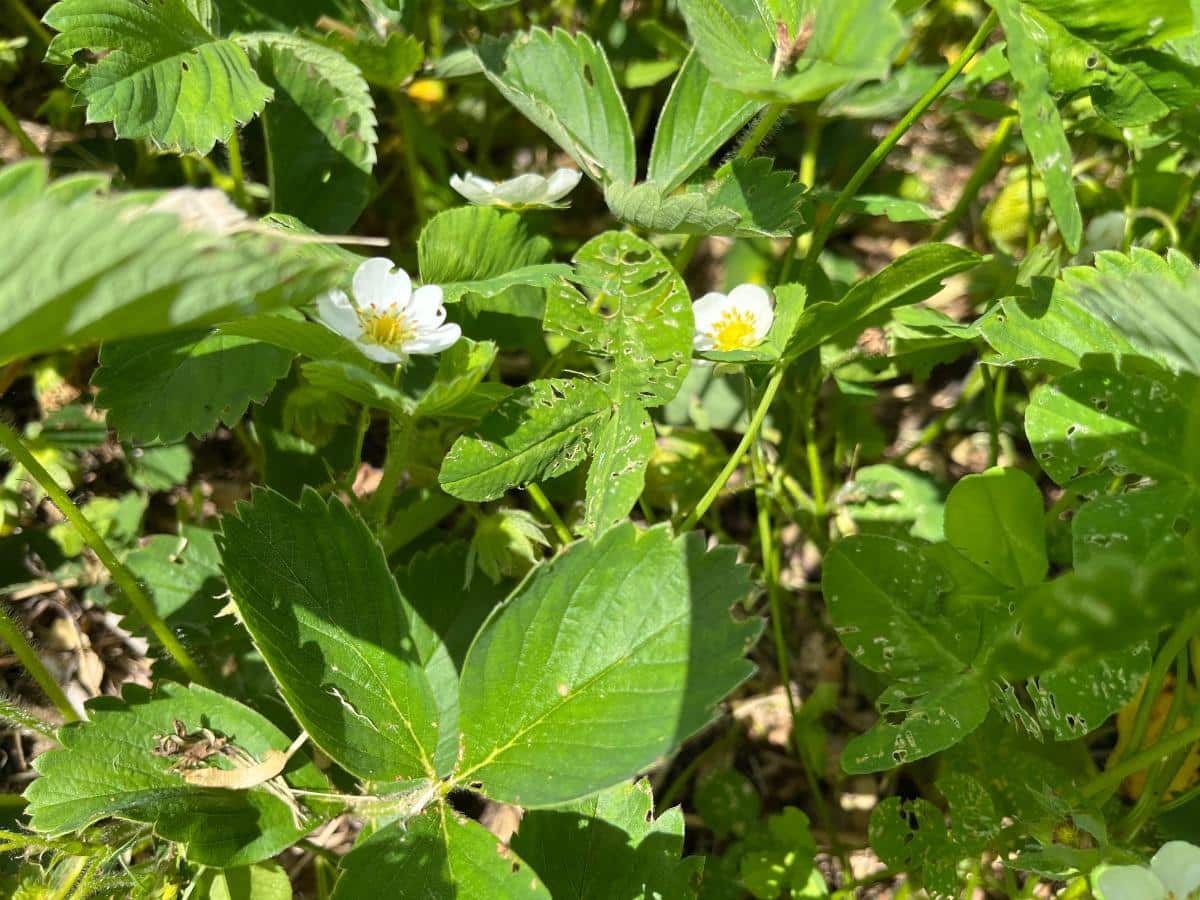
Just like disease spores, pests accumulate in the strawberry patch over the course of the years, too.
The pests that like strawberries will gravitate to them, then they will stay there and reproduce. As that population grows, it can become difficult to control.
The pests won’t have a hard time finding your strawberries because they will have set up shop and called your patch home.
If you move your strawberry patch, the pest population should be lower, and it should take time for the pests to find your berries again and then time to build up their population again.
6. Get a handle on weeds.
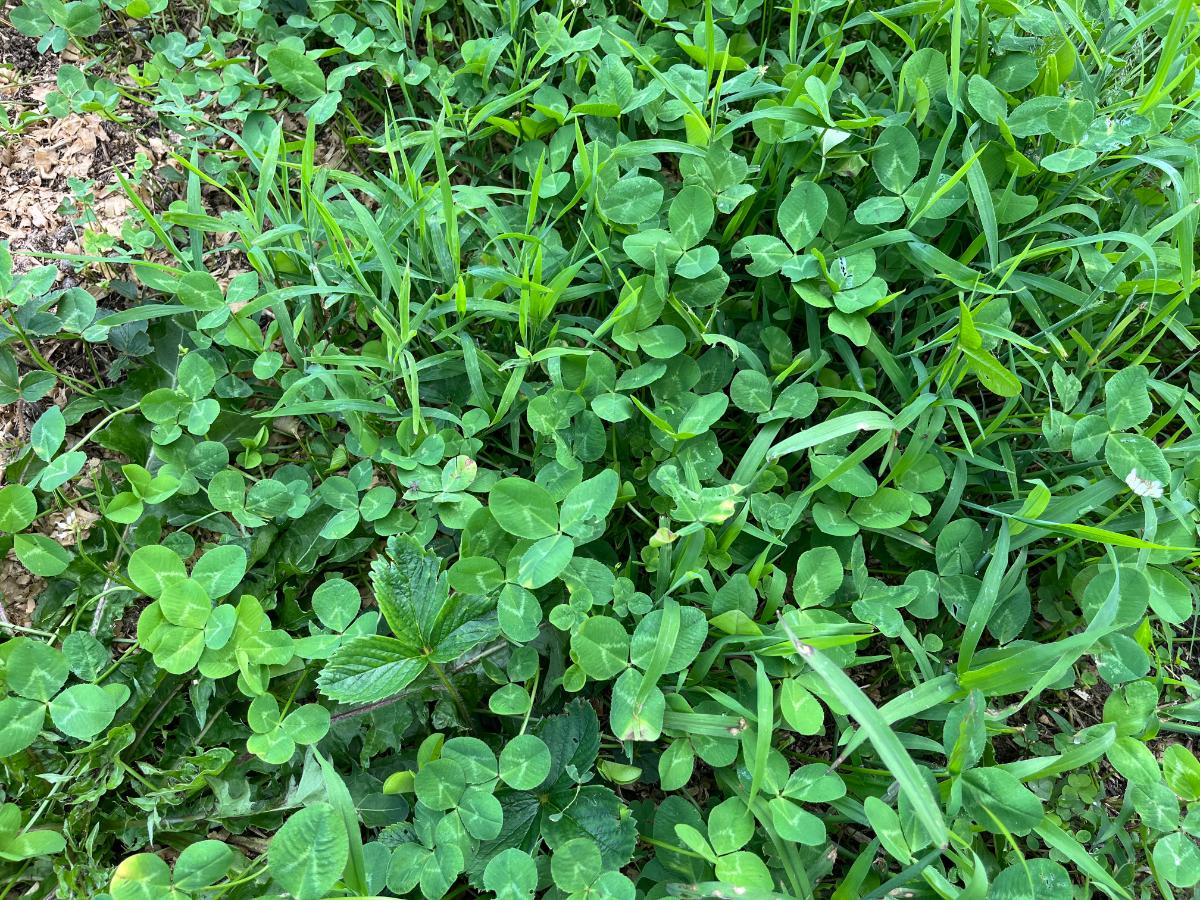
Weed control can be difficult in the strawberry patch. Hand pulling and annual renovation help, but over time, grasses and other difficult weeds can set in and become nearly impossible to control without damaging your strawberry plants.
The best way to manage strawberry weeds is to do as we discussed above – move your patch every few years and till the soil to kill weeds. If you have time to do this two or three times before planting, you can often kill off the sprouted weeds that come up.
Solarizing or smothering sprouted seeds is a good head start, too, as you prepare your new patch. You will need to plan for an extra few weeks of working before you put the new plants in to do this.
7. Rest and rebuild the soil.
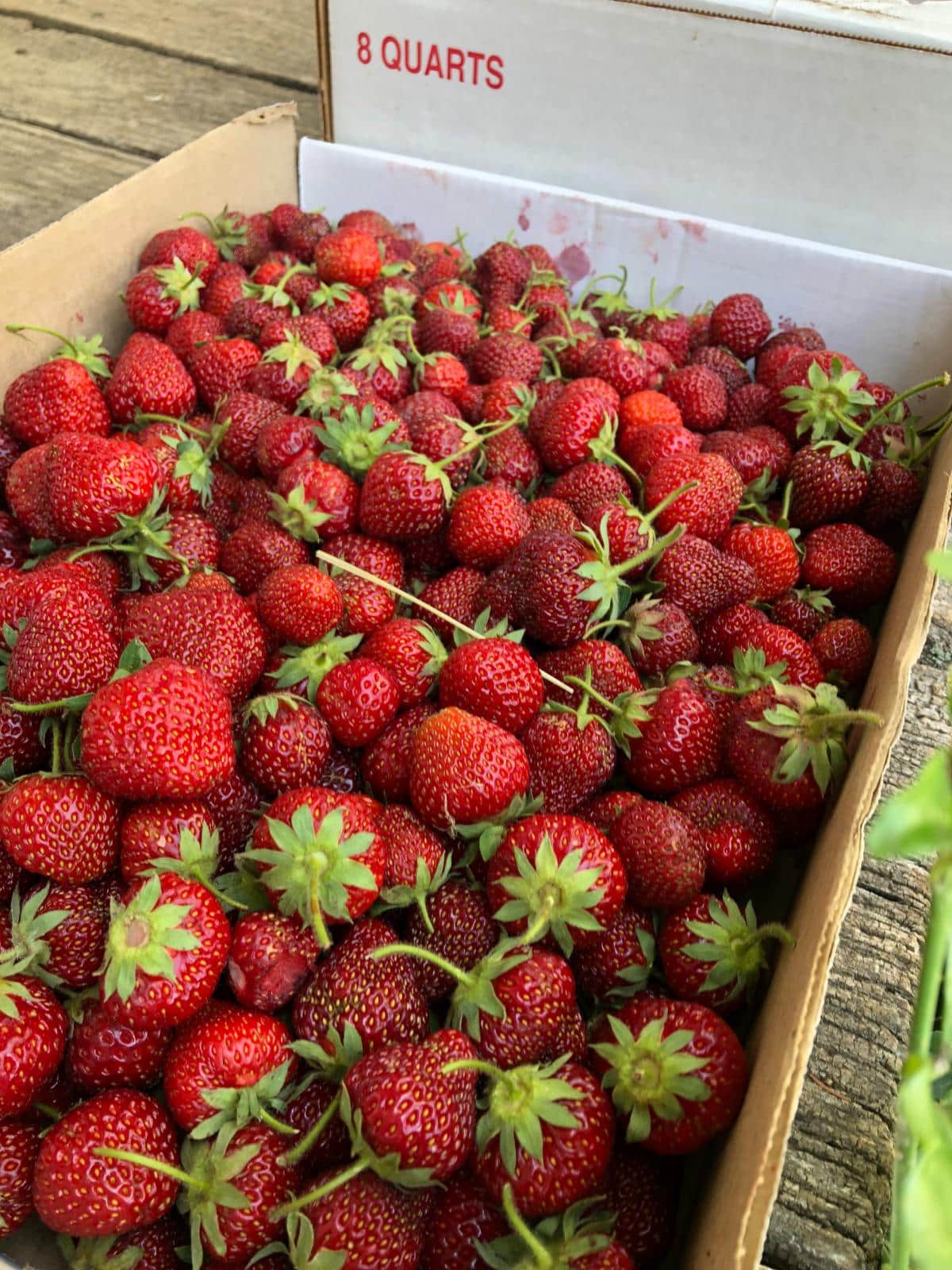
You don’t have to abandon your old (or current) strawberry patch forever. Rotating between two or three patches gives you an opportunity to let that depleted soil rest and then rebuild.
You can use this space to grow other fruits and vegetables (preferably light feeders that don’t tax the soil as much).
In a few years, when it is time to replace the replacement patch, you can amend and replant in the original space and regain all the benefits of location rotation that you gained when you put that bed to rest.
Growing cover crops or alternative crops in the meantime can help undo soil compaction and restore organic matter to the space, too.
Ideas for Rotating or Moving Your Home Strawberry Patch
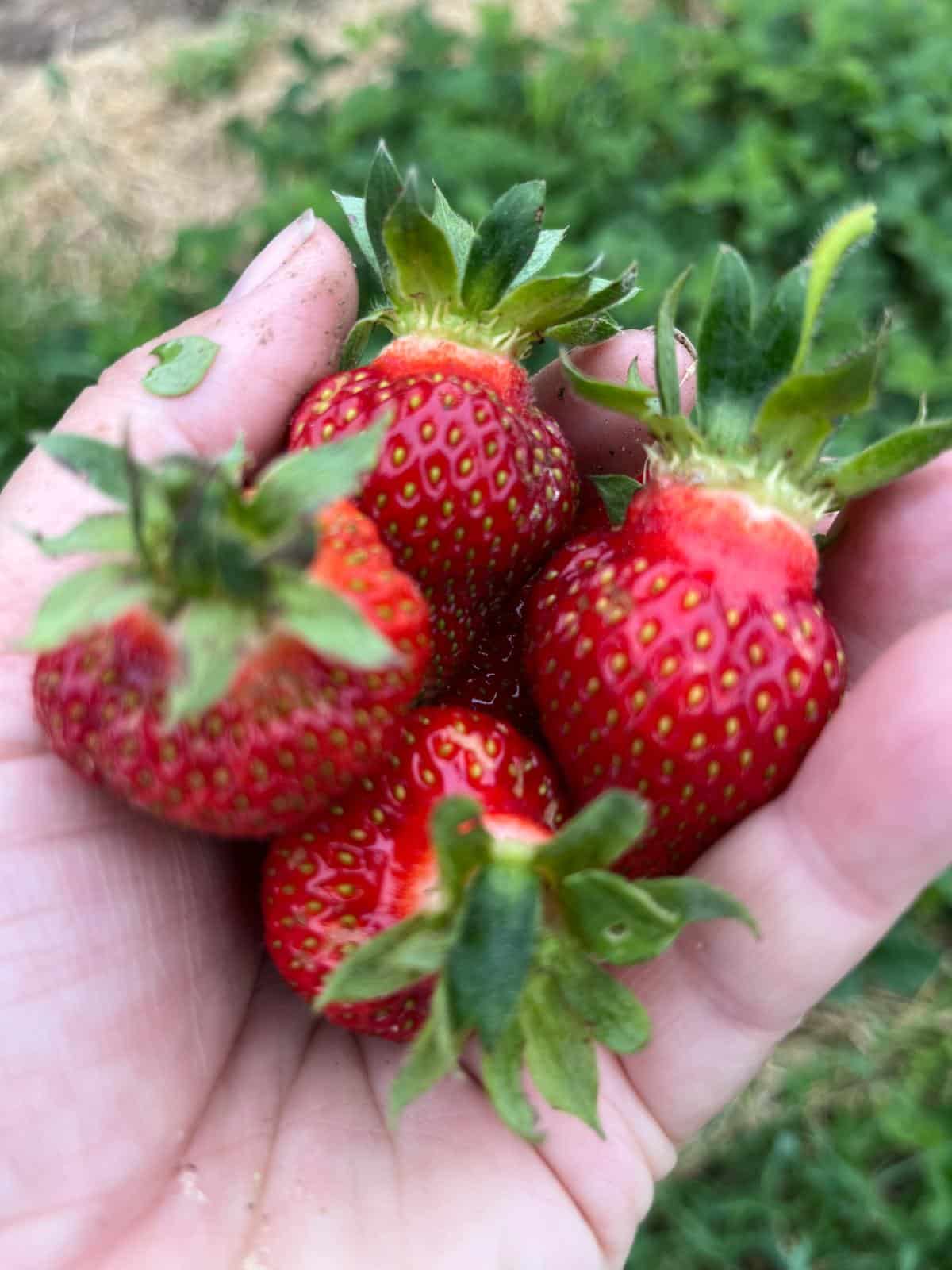
Rotating your strawberry beds might sound like a big deal, but it doesn’t have to be. Here are some ideas and a few different options:
- Keep in mind that crop rotation only means planting in a new place
- You can rotate your strawberry patch gradually or all at once
- Plant one new row of strawberries next to the existing bed every year and let the oldest row run out
- Trade spaces with another crop space or part of a vegetable garden
- Let runners travel and replant themselves. Cut from the parent and let them establish a new row, then make the old row the new aisle by tilling it under
- Start your new strawberry patch in the new space in the fall so you can harvest the first year
- Choose two or three potential spaces for strawberry patches
- Alternate between the two or three every few years as needed
Crop rotation sounds complicated, but it’s just a way to give your replacement strawberry patch the best start in a new place when it comes time to replace those dwindling old plants.
With a little planning and good rotation for your strawberry plants, you can always be in the best berries. Your plants will be stronger and happier for it!


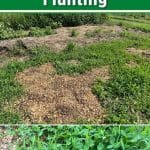


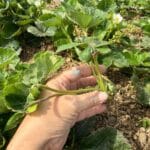
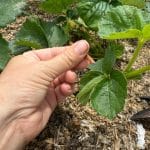

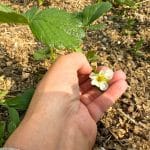
Leave a Reply